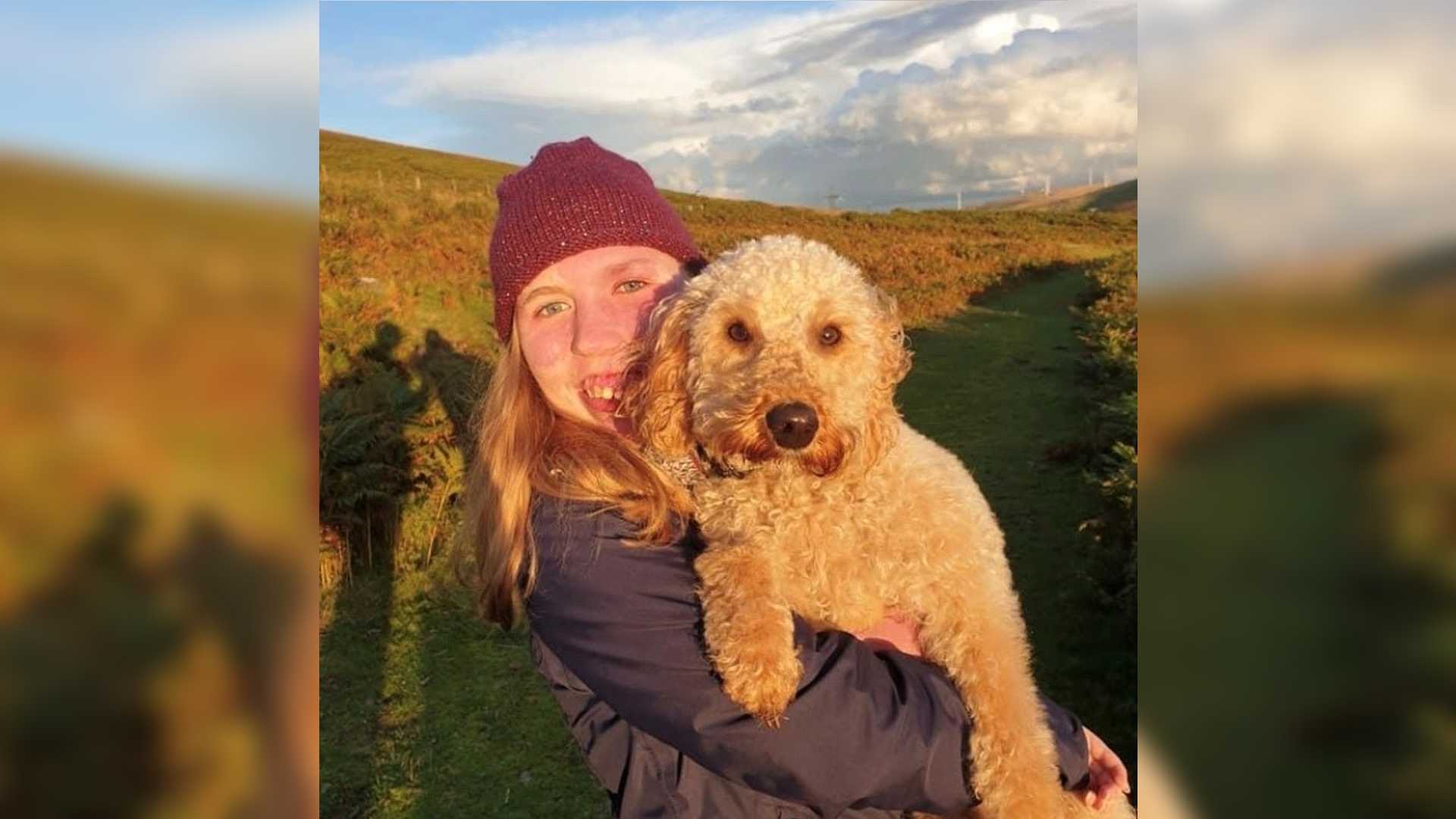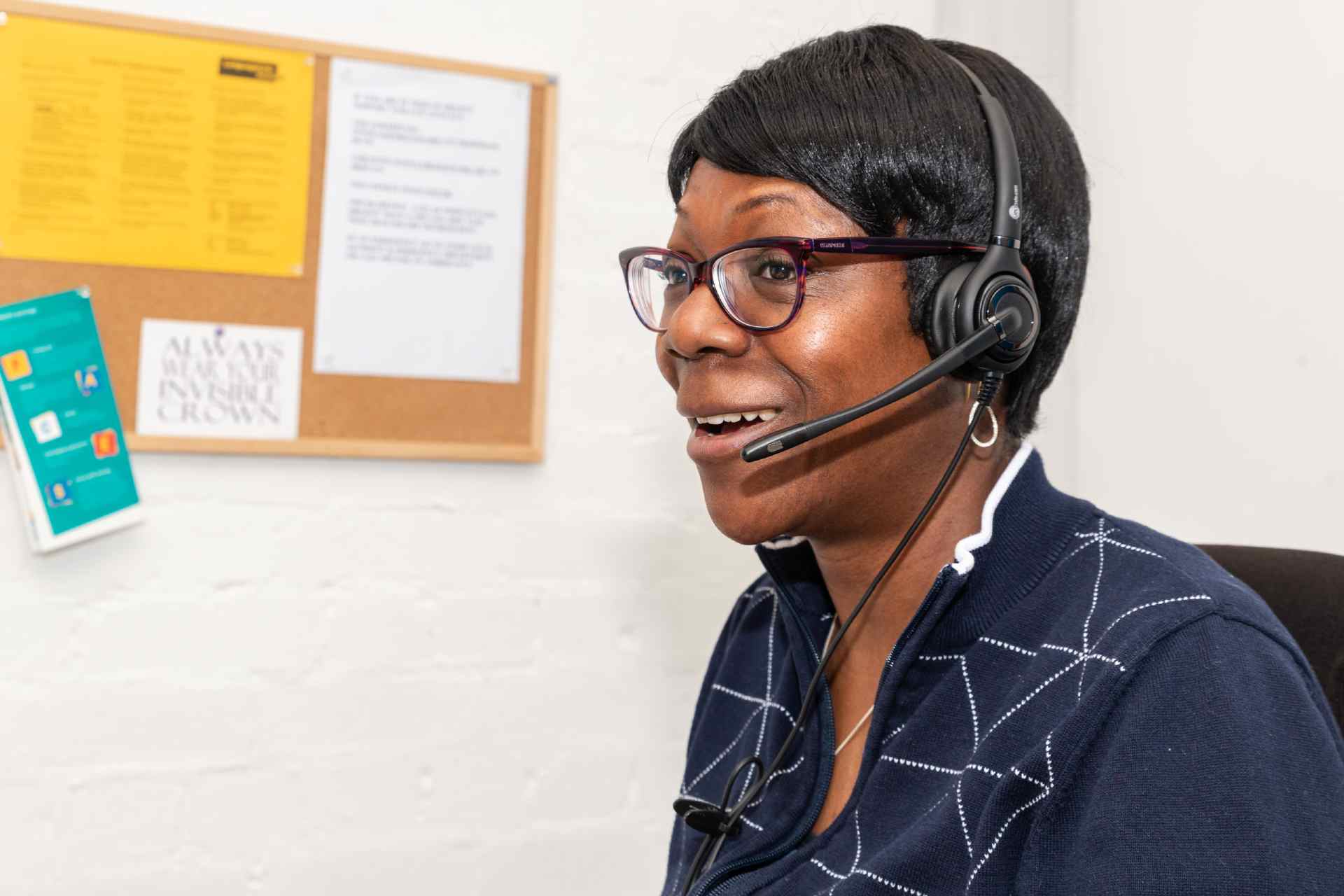I’m Hannah and I have Sturge-Weber syndrome and a birthmark, which covers 50% of my face and body. As a baby, I had surgery for serious epilepsy – due to this, I can’t use my right arm, move my right foot, or see on my righthand side.
School was difficult for me. Feelings of needing to fit in are hard enough to deal with without adding a visible difference to the mix. I was bullied a lot by other pupils, and this really affected me. People would call me names behind my back like “purple monster” and I was always picked last for group activities.
More needs to be done by schools to ensure that other children with a visible difference don’t have to go through the bullying and isolation that I did. Here are my top tips for how schools can better support students with visible differences:
1. Talk about it
Until I arranged to do a talk to some of the year groups at my school about visible difference for Face Equality Week in 2019, there had never been any mention of the topic. Diversity and inclusion is taught in assemblies and PSHE, so why shouldn’t visible differences be part of this conversation?
After speaking to my peers, many of them understood me and my experiences better, and as a result, treated me better too. Bullying comes from a place of ignorance, so pupils need to be educated on visible differences from an early age, enabling it to be normalised.
People often don’t know how to react to a person with a visible difference, which can lead to isolation or nasty comments. Being introduced to visible difference early on means it loses the “unknown” factor, and in turn, people become more accepting.
2. Train teachers
It’s not just children who should be taught about visible differences. The more knowledge teachers have, the better they can support pupils.
Diversity and inclusivity training should include information about visible differences. Teachers sometimes overlook the specific issues that children with visible differences face because they don’t understand their lived experience. Often, the stares and comments don’t end when they leave the school grounds, and teachers might not consider this unless they are also educated about visible difference. Changing Faces’ education resources are a great place to start.
Children need to know that they can go to their teacher for support when they feel bullied or isolated and that the teacher won’t dismiss their feelings through lack of understanding.
When I was being bullied, nobody checked in with me to see if I was okay, and I didn’t feel there was anyone I could go to for support. I don’t want other children to feel that way, which is why training around visible differences is so vital.
3. Celebrate difference
Children should be taught that everybody is unique and that this is a positive thing. If we were all the same, the world would be a very boring place, so difference in all its forms should be celebrated.
Teachers shouldn’t be afraid to be honest with pupils who ask questions about another child’s visible difference. Use it as an opportunity to start a conversation about the importance of embracing uniqueness. Avoiding the topic does more harm than good, so make it a positive discussion.
Children with visible differences deserve to have a good time at school, just like any other child, and the key to that is education. Teach children acceptance, alongside maths, science and English.

